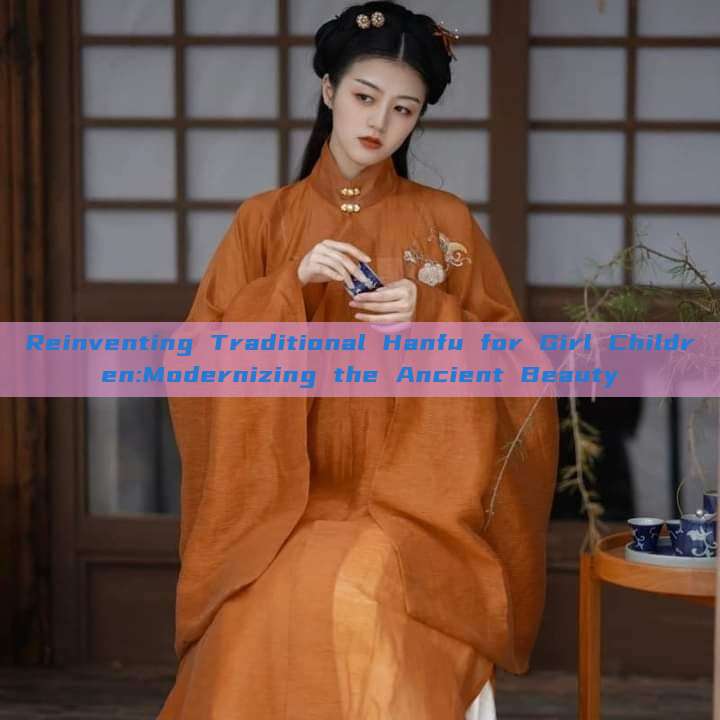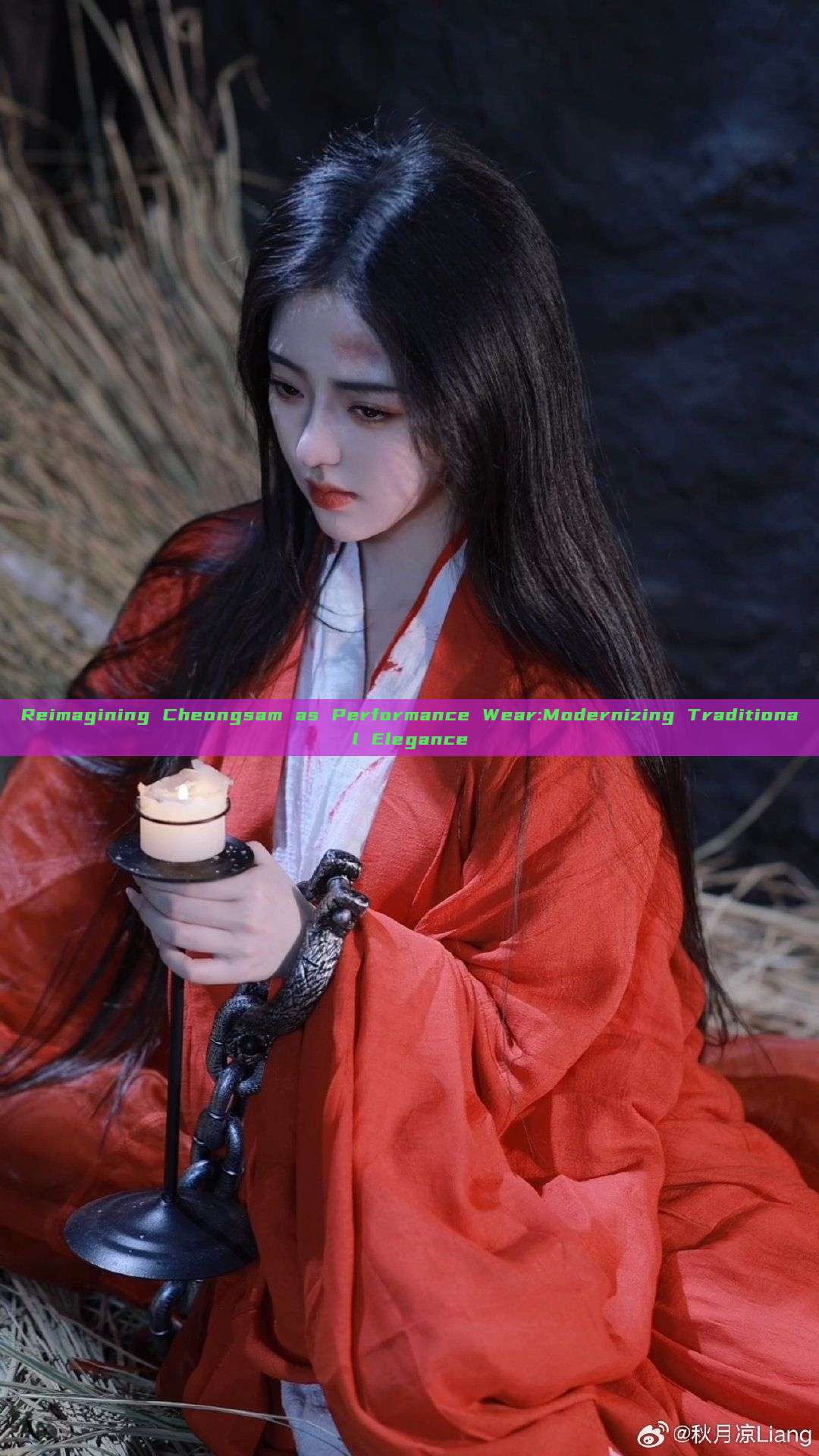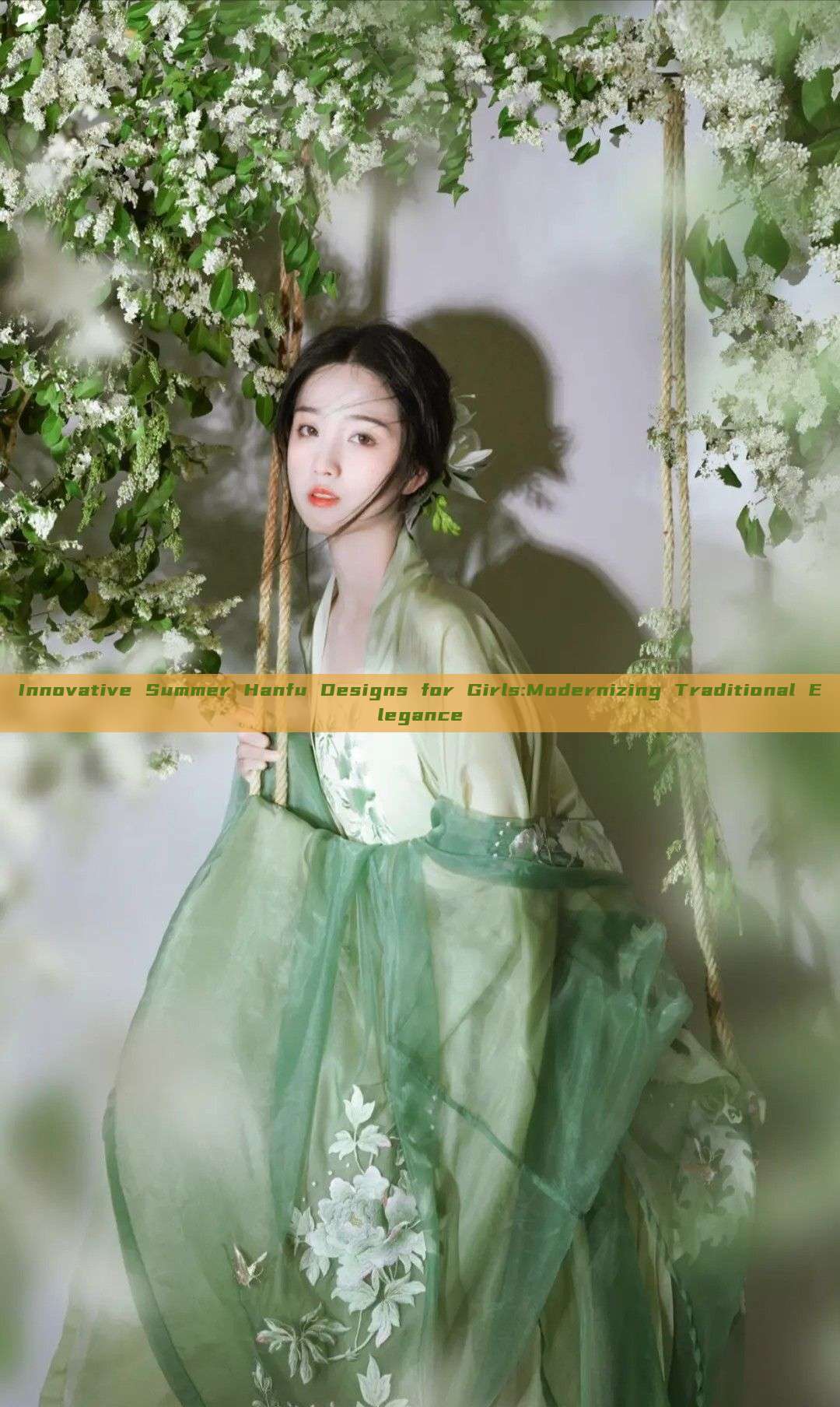In the realm of traditional Chinese attire, the cheongsam or qipao holds a special place. This graceful garment, with its distinctive cut and elegant lines, embodies the essence of Chinese culture and fashion. However, as time marches on, the qipao has undergone a transformational journey to adapt to modern lifestyles and fashion trends. In this article, we delve into the art of Modernizing the qipao, exploring different ways to customize and revamp this traditional piece of clothing.
Originating in the late 19th century, the qipao has evolved over the years from a conservative garment to a fashionable one. It is now worn by women not only in traditional events but also in modern social occasions. With its versatility and adaptability, the qipao provides ample opportunities for customization and creativity.
To modernize a qipao, one can start with selecting a suitable fabric. Traditional silk and cotton fabrics are great options, but modern qipao designers also experiment with synthetic materials like nylon and polyester for added durability and comfort. The color palette is also an area of experimentation. While red and other vibrant colors remain popular, designers are now incorporating more subtle hues and color combinations to cater to modern tastes.
The next step is to customize the fit and style of the qipao. Traditional qipaos often have a close-fitting silhouette that accentuates the wearer's curves. However, modern designs often feature a more relaxed fit, allowing for greater comfort and versatility. You can also experiment with different necklines, such as the V-neck or the round neck, to give the qipao a more contemporary look.
Another aspect to consider is the embellishments. Traditional qipaos often feature intricate embroidery or beading, but modern designs often simplify these elements or use different types of embellishments like sequins or crystals. You can also add modern jewelry or accessories to further enhance the look of your qipao.
If you want to take your qipao customization to the next level, you can consider altering the length and shape of the skirt. Traditional qipaos have a very specific shape and length, but modern designs often feature more varied shapes and lengths. You can opt for a shorter skirt for a more contemporary look or experiment with different shapes like A-line or peplum styles.
Finally, it is important to note that modernizing a qipao should be done with respect to its cultural roots. While incorporating modern elements, it is important to maintain the essence and integrity of the traditional qipao. The result should be a balance between modern fashion and traditional culture, reflecting both your personal style and your respect for your cultural heritage.
In conclusion, the qipao is not just a piece of clothing; it is a symbol of Chinese culture and fashion. By modernizing this traditional garment, we not only update our fashion sense but also honor our cultural heritage. With the right customization and creativity, you can transform a traditional qipao into a modern piece that embodies both tradition and modernity.
In addition to personalizing your qipao, revamping this traditional garment also provides an opportunity to support local craftsmanship and designers. As traditional craftsmanship continues to decline in some areas, supporting local designers who are reviving this art form is crucial. By purchasing locally made qipaos or getting your qipao customized by local designers, you are not only getting a unique piece but also supporting local craftsmanship and promoting cultural heritage.
Moreover, modernizing the qipao helps introduce this traditional garment to a younger generation. By wearing modernized qipaos, young people are exposed to their cultural heritage and are encouraged to appreciate and respect it. This helps promote cultural awareness and appreciation among future generations, ensuring that the essence of Chinese culture continues to thrive.
In summary, the qipao is not just a garment; it is a symbol of Chinese culture and fashion that continues to evolve with time. By modernizing this traditional garment, we not only update our fashion sense but also support local craftsmanship, promote cultural heritage, and introduce our cultural roots to younger generations. So, go ahead and revamp your qipao; embrace your cultural heritage while staying on-trend!






